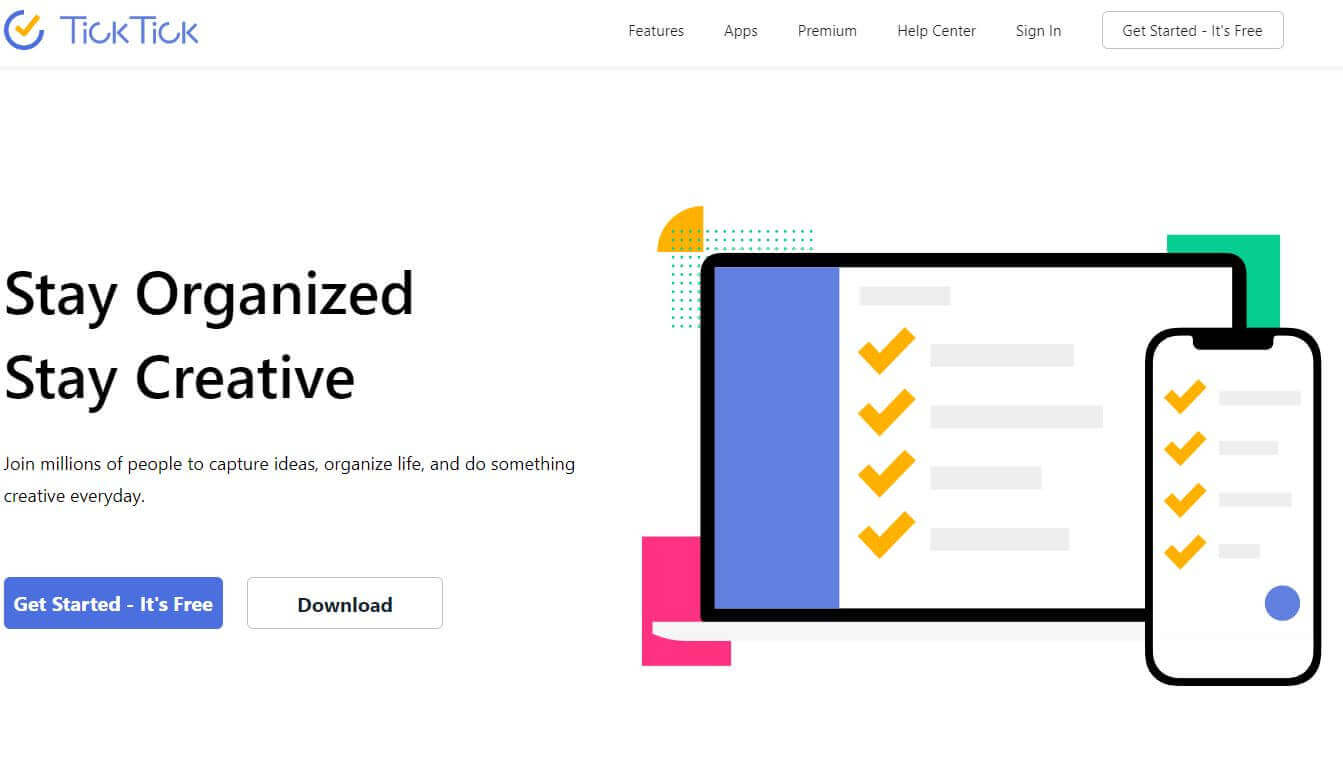

Unlike 2Do, the model is simple and unconstrained. There’s a pretty useful Chrome extension, by the looks of things. I don’t know what the tech is, but the desktop app feels like a webview, so does lack some polish, but it is pretty serviceable. The iOS app is a bit ugly for my tastes, but it probably serves well enough for capturing todos on the go and getting notifications all real editing is likely to be done on the desktop or web. It has a lot of integrations with other services and is available on every platform you’re likely to care about. Things like labels, reminders and so on, which are pretty much essential for all but the most trifling use cases.
#OMNIFOCUS VS WUNDERLIST LICENSE#
Unlike Wunderlist, which offered most of its functionality for free, or 2Do, which had a one-time license fee, Todoist has most of the interesting features behind an (admittedly low) subscription paywall.
#OMNIFOCUS VS WUNDERLIST FREE#
It’s free to try, so I ran the Wunderlist importer (which worked flawlessly) and took it for a spin. After the simplicity of Wunderlist, OmniFocus was always going to be too heavyweight. I had played with it a couple years back but found it to be too complicated and opinionated. I looked at the OmniFocus website and knew that that was out of the running too. This was what drove me to Wunderlist in the first place - the not-quite-right UX/UI and the complex model - even though it meant going to something less powerful, and also forgoing the sync with Apple’s built in iCloud/Reminders functionality (in its place, handing my data over to yet another private cloud). Even as I type that, I’m not sure I’ve got the names right, and I sure as hell couldn’t explain the difference between them. It has a very complicated mental model involving groups, projects, lists and tasks. It still has polished macOS and iOS apps, and it still has that subtly un-Apple UI and UX that made me give up on it back then. It is still the same, immensely powerful but quirky app that it was then. I opened up 2Do again, the app I’d used a couple years back before switching to Wunderlist. I signed up for the To-Do preview, ran the Wunderlist importer, watched it churn for about 15 minutes before failing with an informationless error message, and decided it was time to evaluate my other options.

(Especially for me, seeing as improvements to the sub-task handling in Wunderlist were one of the main reasons I was anxiously watching them for signs of progress.) It maintains elements of the distinctively attractive Wunderlist UI, but it doesn’t have a macOS app yet and it doesn’t have sub-tasks yet, which is a pretty big backwards step.

The Wunderlist team has been working on Microsoft To-Do instead.
#OMNIFOCUS VS WUNDERLIST PRO#
Wunderlist and Wunderlist Pro will eventually be retired … There won’t be any new features brought to Wunderlist and Wunderlist Pro.īummer. I’ve been pretty happy with Wunderlist over the past year or so, but visible signs of development have been few and far between since they were acquired by Microsoft in 2015.


 0 kommentar(er)
0 kommentar(er)
